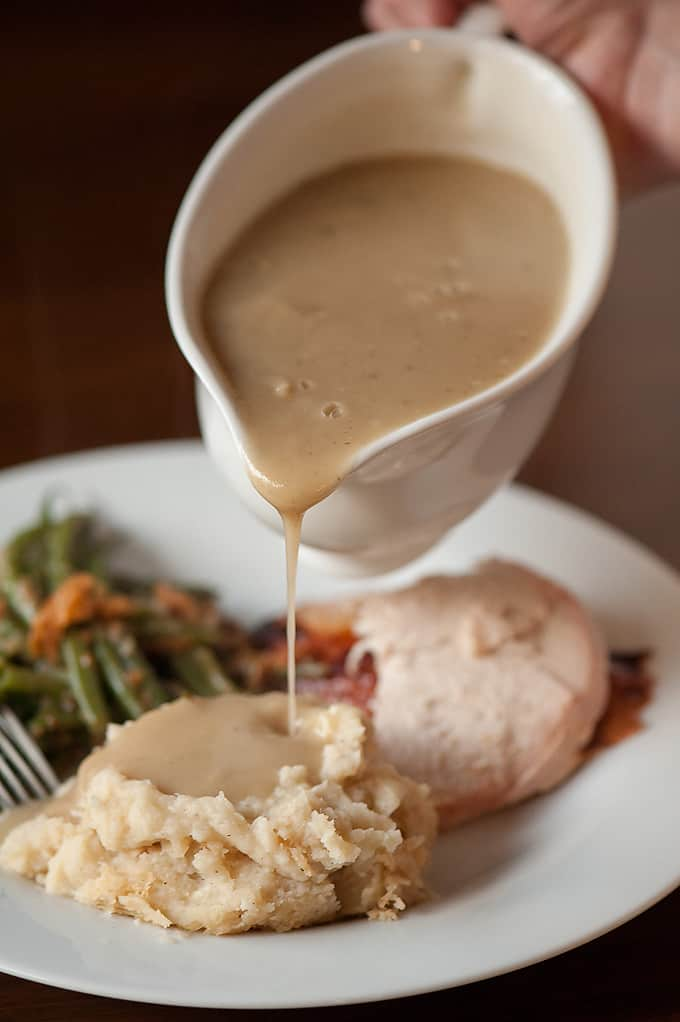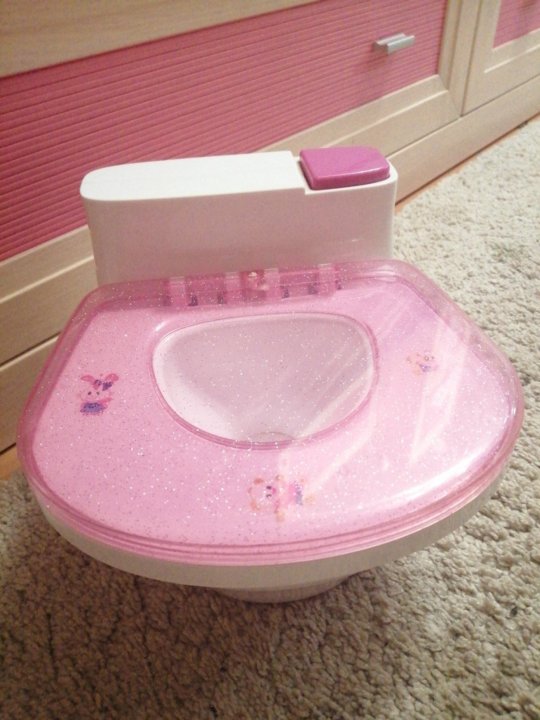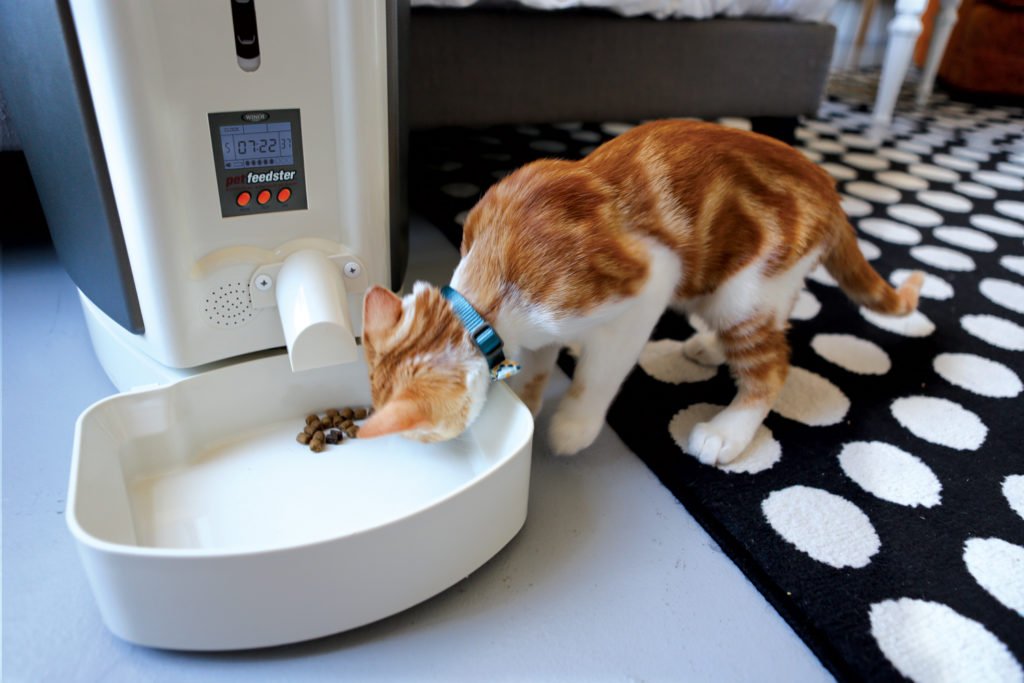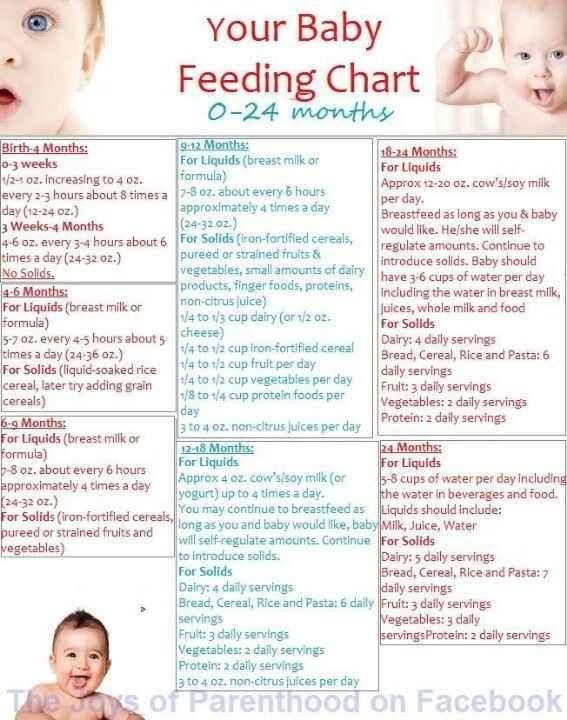Contact dermatitis baby food
Is My Baby's Rash a Food Allergy?
Is baby’s rash a food allergy or contact reaction?
Ada had a bit of a contact reaction (we think) to aubergine and or tomato last weekend, so Penny Barnard, Paediatric Dietitian, PhD RD Cert Allergy MBDA (who wrote my super popular blog on Introducing Allergens During Weaning), has written a blog for me about babies having a contact reaction to foods. This is something I’m asked about a fair amount, so I’m glad to be able to share fab information on this from Penny.
I have a few other blogs on allergies too, check out: Advice for Babies with Food Allergies & Food Allergy Symptoms: Weaning
‘My little one has a red rash around their mouth when eating certain foods. Is it a food allergy?’
Does this sound familiar? It’s so important to remember that not all reactions to food are food allergy. Children & babies in particular have very sensitive skin. In addition to that children who have eczema have a damaged skin barrier so their skin can be even more sensitive. Remember that one of the main functions of the skin is to protect the body from things in the outside world getting in. So although eventually it becomes a robust organ, early on in life it is delicate.
What is a contact reaction?
A contact reaction to food is NOT a food allergy. It is an irritation to the skin where food has touched. Some foods are more likely to effect the skin when in contact with it than others. Foods that are salty, acidic or rich in histamine can cause this.
What foods are more likely to cause this problem?
- Tomato and tomato base sauces such as ratatouille
- Citrus fruits and fruits that are acidic.This could be fruits such as orange, satsumas, pineapple & lemon.
- It could also be berries such as strawberries and raspberries.
- Foods rich in histamine such as aubergine and spinach.
- Salty foods such as marmite.

What should I do if I think my little one has a contact reaction?
You do not necessarily have to stop giving you little one the food. With lots of babies a barrier cream around the mouth before the meal will help. If your little can feed themselves with a loaded spoon or if you can feed them the troublesome food this will help. However completely stopping little ones smearing food around their face and squashing it in their hands is nigh on impossible as it is all part of their learning experience.
The reaction is likely to be a dose response. By that I mean the more of the troublesome food there is in the meal the stronger the reaction is likely to be. So for example your little one may manage a little spinach combined with scrambled egg with no reaction. However if mashed spinach as a sauce was given with pasta then a reaction may occur. Again looking at this example the form of the food may also dictate how severe the reaction is. So with the spinach and scrambled egg the egg is likely to be the predominant food touching the skin compared to the spinach. Compare this to pasta coated in a sauce containing spinach. Here the spinach is far more likely to touch the skin.
Compare this to pasta coated in a sauce containing spinach. Here the spinach is far more likely to touch the skin.
Below I have given you some pointers to help you think through whether you think a contact reaction is likely.
How do I know if it’s a contact reaction (and not an allergy)?
If I think my little has had a contact reaction what should I do next?Below is my suggested plan of action:- Call your GP if you need reassurance that it is a contact reaction. Send or take a photo of the affected area if you have one.
- Avoid the food you suspect caused the problem for a few days.
- Reintroduce the food after a few days with a small portion. If the reaction was widespread then start with just one teaspoon and offer a bigger portion each time you offer it. If you don’t want to reintroduce the food that is fine too. If you suspect something like aubergine or satsuma then this is fairly easy to avoid in the diet.
 However something like tomato is more difficult to avoid.
However something like tomato is more difficult to avoid. - Think how you are going to offer the food. Try and avoid any contact with your child’s skin, so from a spoon will be best to begin with. Try and offer it whilst your child is busy with another food. This way they are less likely to reach out and grab the food with their little hands.
- Apply a little barrier cream to the skin around the mouth before the meal.
- Have a flannel at the ready to swipe away any of the suspect food should it get smeared on the face or hands.
- As your child gets older and their skin matures they will probably be able to tolerate the foods without too many problems.
If your little one had any of the scenarios indicated with the red cross then the troublesome food should not be given again without speaking to healthcare professional about it first. Below is a reminder of what you would do if your child has an allergic reaction:
- Give anti histamine if you have some.

- Call 111 for advice.
- Call 999 if your little one develops a wheeze, becomes floppy or sleepy.
- Go to A & E if you are out and about and near a hospital.
This blog was written by:
Dr Penny Barnard, BSc, PhD, Cert Allergy, RD, MBDA
Paediatric dietitian
@theallergydietitian
Disclaimer:
The information in this article should not replace advice from a healthcare professional. It is intended for general advice only. If you have any concerns about your child’s health and well-being then you should speak to your GP.
Does My Baby Have a Food Allergy Rash? — Prevent Food Allergies
Managing Food Allergies
Written By Jannie Huang
Do you think your baby’s rash may be caused by a food allergy? Let’s look at how to identify and treat a food allergy rash.
What is a Food Allergy Rash?
A food allergy rash is a rash that is caused by an overreaction of our immune systems to a particular food. Our immune systems are there to protect us from bacteria, viruses, and other invasions that can cause sickness. As is the case with other types of allergies, a food allergy occurs when the body reacts to an otherwise harmless item, wreaking havoc in our systems. With food allergies, the IgE antibodies overreact to a particular food(s), and a rash is often the first symptom to form.
Our immune systems are there to protect us from bacteria, viruses, and other invasions that can cause sickness. As is the case with other types of allergies, a food allergy occurs when the body reacts to an otherwise harmless item, wreaking havoc in our systems. With food allergies, the IgE antibodies overreact to a particular food(s), and a rash is often the first symptom to form.
How do IgE Antibodies Cause a Rash?
IgE antibodies detect the food and release histamine into the bloodstream to offer protection from the otherwise harmless food. In the process, blood vessels widen and release fluid which causes inflammation under the skin. A raised rash is the result, leaving the baby uncomfortable and the parents wondering what caused it and where to go from here.
Identifying a Food Allergy Rash
One of the most common signs your baby may have a food allergy is a rash that appears shortly after eating the offending food. It is often the first symptom to appear, the most common symptom of a food allergy, and can appear anywhere on the skin.
A food allergy often presents itself in the form of hives. Food allergy rashes often are concentrated in a couple areas on the body but can spread to other areas, especially in the case of a more severe food allergy. The individual bumps are often small in size, but they cluster together to form larger areas that may look like one larger rash.
In some cases, a food allergy can cause the skin to become red and inflamed without actually causing an actual raised rash. Food allergies can also cause eczema to become worse. Though worsening eczema is not a rash, it is important to watch this type of symptom closely since it is often associated with food allergies.
Though a rash may be the only symptom, one of the best ways to identify food allergy rashes is to pay attention to other signs that might accompany them. These signs will almost always occur within a few hours of eating the food. If you notice any of the following symptoms, along with a rash, contact your doctor to help determine if a food allergy might be the cause.
Mild Food Allergy Symptoms
Nausea and vomiting
Swelling
Sneezing
Congestion
Stomach pain
Itchy, watery eyes
Coughing
Worsening eczema
Swelling of the tongue
Tightness of the throat
Coughing
Wheezing
Difficulty breathing
Shortness of breath
Paleness of skin
Fainting
Rapid heartbeat
Loss of consciousness
Anaphylaxis
Anaphylactic reactions are rare in babies under the age of one, but it is good to be aware of the symptoms. Anaphylaxis is a swift, intense allergic reaction that is life-threatening and requires immediate medical attention. If you notice any of the following symptoms in your child, seek medical help right away:
Difficulty breathing
Shortness of breath
Swelling of the tongue
Widespread hives, covering a large part of the body
Wheezing
Pale appearance
Fainting
Rapid heartbeat
Persistent coughing
How to Treat a Food Allergy Rash
A food allergy rash actually doesn’t last very long, oftentimes clearing up in less than 48 hours.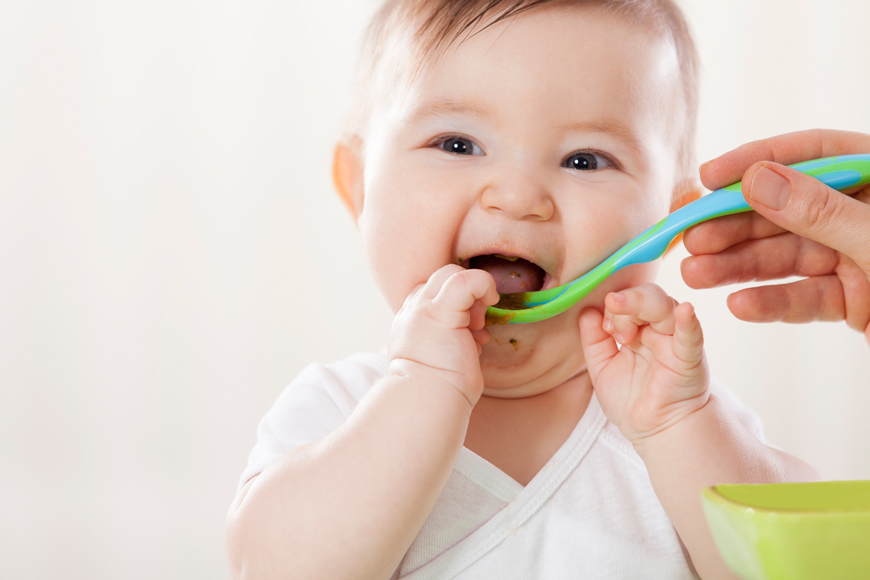 It is important to keep track of what your baby ate prior to the rash forming so that you can revisit your list should another rash appear later. You may also want to start a food journal and continue to keep track of what your child eats in the coming weeks and months. This can help you determine if there are other allergies.
It is important to keep track of what your baby ate prior to the rash forming so that you can revisit your list should another rash appear later. You may also want to start a food journal and continue to keep track of what your child eats in the coming weeks and months. This can help you determine if there are other allergies.
Even though rashes often go away on their own, they can be itchy and uncomfortable. Thankfully, there are some things that can provide relief.
Treating a Mild Food Allergy Rash
If your baby has a small rash that is confined to one area of his body and you suspect it was caused by food, you are most likely dealing with a mild food allergy. One of the best ways to treat a rash is with an antihistamine. Antihistamines block the histamine response, which helps clear up the rash. Be sure to ask your doctor about types and dosage before administering antihistamines to your baby.
You can also apply hydrocortisone cream to the area which will help relieve the itchiness. Hydrocortisone cream will not cause the rash to go away but can provide some relief.
Hydrocortisone cream will not cause the rash to go away but can provide some relief.
Continue to monitor your baby in case the mild reaction turns severe.
Treating a Severe Food Allergy Rash
If your baby develops a widespread rash all over his body shortly after eating, you should call your doctor immediately. He could be experiencing an allergic reaction that can become life threatening if not treated right away. Continue to monitor your baby as you make your way to your doctor so you can inform the staff of other symptoms.
More About Food Allergies
Food allergies can develop at any time, though it is more rare to develop a food allergy late in life. Usually, they are detected early in childhood, when the child reacts to a certain food. As noted previously, often the first sign of a food allergy is a rash. If you suspect your child has developed a rash as a result of a food allergy, you may want to learn more about allergies and how to proceed safely.
Learn more from the Mayo Clinic on food allergic reactions:
YouTube Video: Mayo Clinic Minute: What happens to your body when you're allergic to food?
Allergies in Children vs in Adults
Both adults and children alike develop food allergies, though what they become allergic to often varies. Children are more likely to be allergic to cow’s milk, eggs, and peanuts, or tree nuts whereas the most common food allergens for adults is shellfish and finned fish. In either case, both adults and children are likely to develop a rash after eating an offending food.
Peanut and tree nut allergies are more likely to cause serious reactions than the other allergies, but any allergy can become severe at any time.
Getting Tested for Food Allergies
The only way to determine if your child’s rash was caused by a food allergy is to make an appointment to undergo food allergy testing. Once you have talked to your doctor about possible causes for the rash and applied any acute medical care needed, you should make an appointment for your child to get tested for food allergies. There are a few ways this is done. You and your doctor will work together to determine the best testing for your child.
There are a few ways this is done. You and your doctor will work together to determine the best testing for your child.
Oral Food Challenge
In this method of diagnosing a food allergy, your doctor will give your baby a small amount of the suspected food and watch him closely to see if he develops an allergic reaction. An oral food challenge is a safe, accurate method when used under the direct supervision of a doctor. This is the most accurate way to determine a true food allergy.
Skin Prick Test
During this test, your doctor will prick your child’s skin with the suspected allergen and watch to see if a rash develops around the area. Since a food allergy rash is often the first symptom of an allergy, this is a fairly accurate way to see if your child is allergic to a specific food.
Blood Test
When your child undergoes blood testing for allergies, your doctor will check for IgE antibodies in the blood.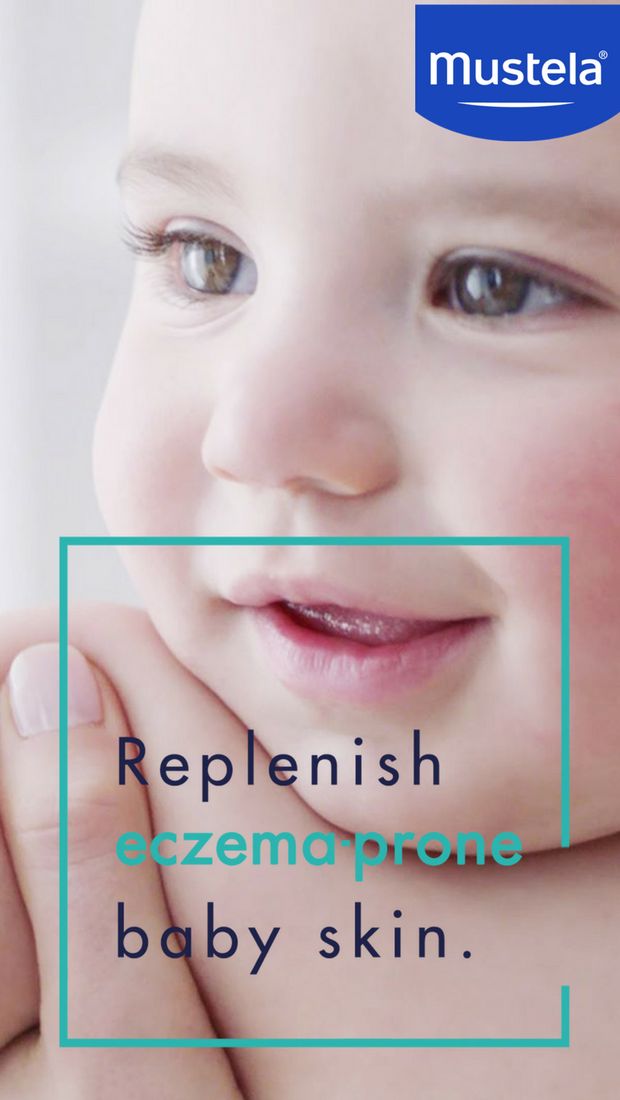 The presence of these antibodies will indicate an allergy to a specific food or variety of foods.
The presence of these antibodies will indicate an allergy to a specific food or variety of foods.
The Bottom Line
If your child develops a rash shortly after eating, you should take note of the suspected food and stop feeding to your child right away. You may want to start a food journal to monitor your child’s food intake and any potential rashes or other symptoms that might arise.
If the rash is mild and limited to one small part of the child’s body, you can treat it with antihistamines or with topical hydrocortisone cream after first discussing treatment options and dosages with your child’s doctor. If your child develops a major rash that is widespread, you should contact your doctor immediately and watch for signs of anaphylaxis.
Talking to your doctor about the rash is important both in the treatment of the rash and in discovering the cause. If you and your doctor think a food may be the cause of your child’s rash, you should continue to keep the suspected food away from your child and schedule allergy testing.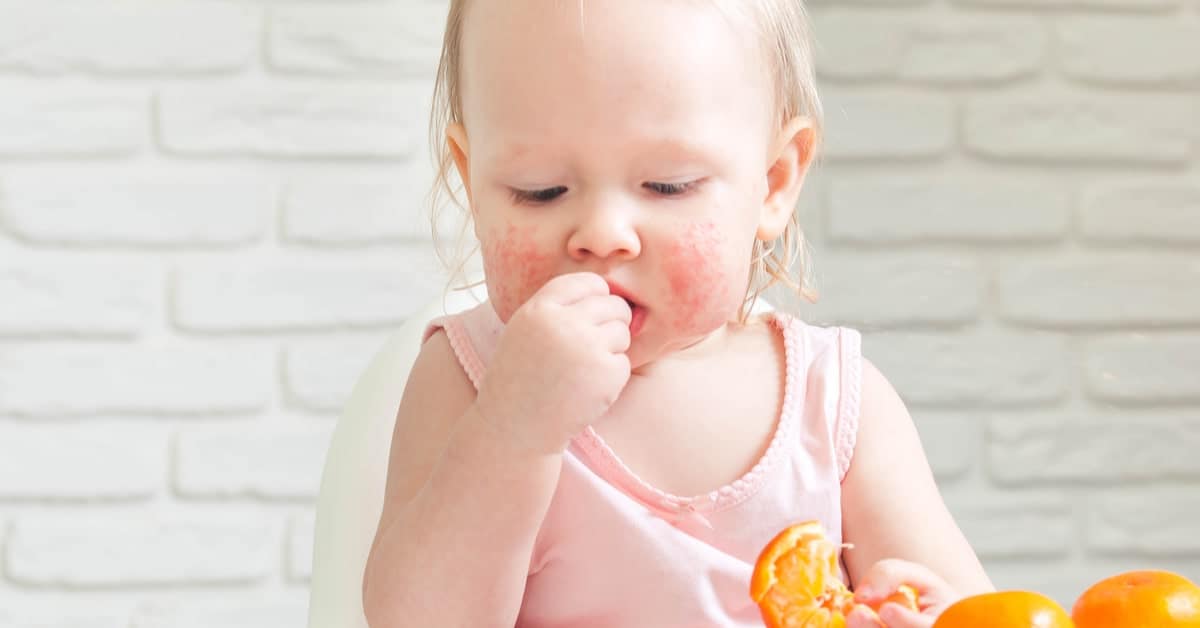 There are a few different tests your doctor may use to determine if your child has a food allergy
There are a few different tests your doctor may use to determine if your child has a food allergy
Discovering your child has a food allergy can be a scary time for parents, but there are many ways to manage food allergies in children. Learning more about food allergies, their causes, signs, and symptoms, and management are all ways parents can be prepared.
--------------------------------
All health-related content on this website is for informational purposes only and does not create a doctor-patient relationship. Always seek the advice of your own pediatrician in connection with any questions regarding your baby’s health.
These statements have not been evaluated by the Food and Drug Administration. Products are not intended to diagnose, treat, cure or prevent any disease.
See the FDA Peanut Allergy Qualified Health Claim at the bottom of our homepage.
Jannie Huang
Atopic Dermatitis Diet Table
Home / Useful Information / Atopic Dermatitis Diet / Dermatology
To the list of articles
View services in this area
Dermatovenereology
Diet for atopic dermatitis is an essential tool that can help alleviate the symptoms of this disease. This statement is justified, since this pathology seems to most specialists to be a variation of the allergic response of the body. This means that an effective, truly effective treatment of atopic dermatitis without the support of a special diet is almost impossible
This statement is justified, since this pathology seems to most specialists to be a variation of the allergic response of the body. This means that an effective, truly effective treatment of atopic dermatitis without the support of a special diet is almost impossible
Of course, a special diet is prepared for the patient with atopic dermatitis. Taken into account, for example, the often referred to as cross-allergy:
- milk-beef-digestive enzymes;
- mold fungi - kefir - cheese - yeast pastries - fruits of the last season;
- pollen-fruit-berries.
In addition, the diet for atopic dermatitis is recommended by the doctor only after establishing an accurate diagnosis and may change in accordance with the doctor's recommendations.
So, the duration of the diet is at least 6-8 months, sometimes years.
Table of Allowed and Prohibited Foods
The dietary table for atopic dermatitis, which is provided by our specialists below, will undoubtedly help you in choosing foods that you can consume without undue fear.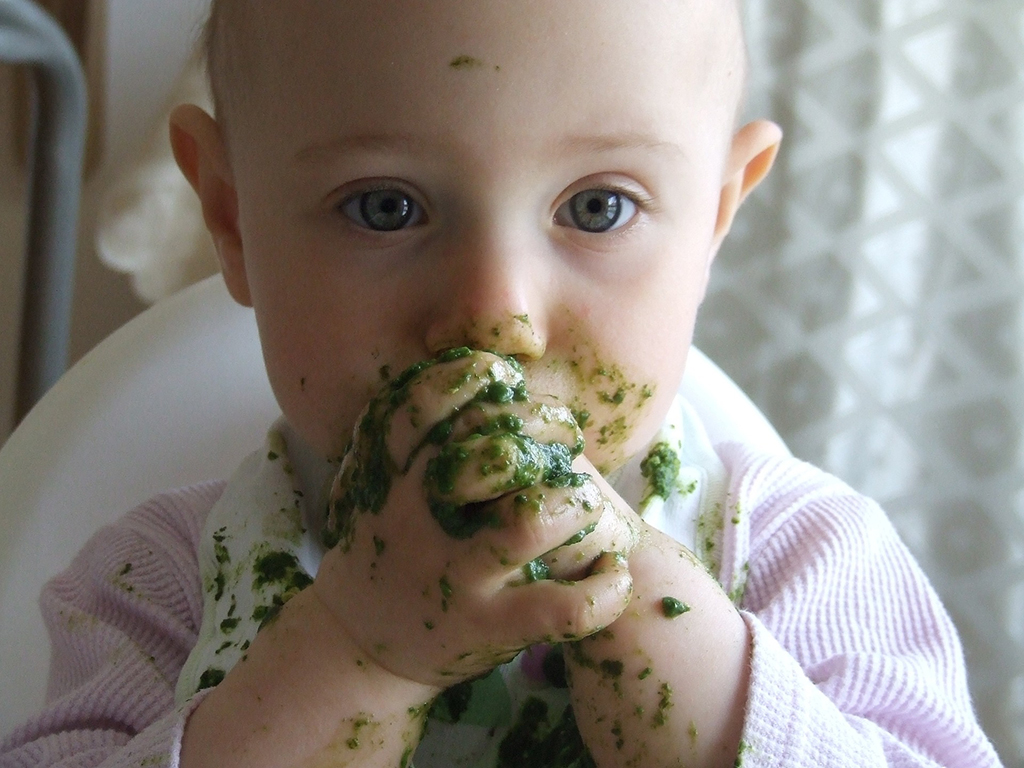
Table: diet for atopic dermatitis
| Eliminate/significantly restrict in the diet | Recommended |
|
|
This table for a diet for atopic dermatitis can become a faithful assistant in preventing the acute symptoms of this allergic disease.
And don't forget: food should be boiled, baked or steamed.
Personalized diet for atopic dermatitis
But make no mistake: the provided dietary table is suitable for every occasion. It is by no means a secret behind seven seals that any of us has our own characteristic features of the body, which have every chance of revealing themselves in the further course of the disease. And it is precisely in accordance with this circumstance that it is strongly recommended to contact dermatologists, for example, our international medical center "URO-PRO". This is necessary in order to create a personalized diet for you with atopic dermatitis, which will take into account all your characteristic features and characteristics.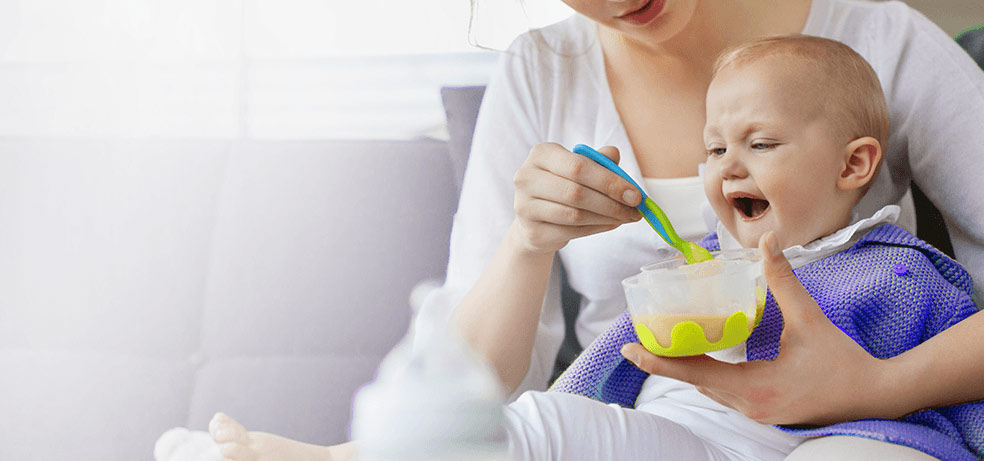
Clinic "URO-PRO" has a long and successful experience in the treatment of this and many other diseases! Remember - early seeking medical help and strict medical supervision is the key to success in achieving your health!
Make an appointment
Make an appointment by calling 8 (862) 266-00-72 or by filling out the online form.
Request a call ← Our specialists can call you back at a convenient time for you. The call is free!
previous article next article
Children's contact dermatitis. Kharkiv - Center of European Dermatology
Children's contact dermatitis: a kind of allergy to irritating factors
Many parents are familiar with such a fairly common children's problem as "contact dermatitis".
This is, in fact, a type of allergic reaction to contact with various kinds of irritants.
What are the causes of contact dermatitis
The main reason is formulated as the presence of delayed-type hypersensitivity in the child - that is, the body shows a reaction not after the first contact with stimuli, but after two weeks.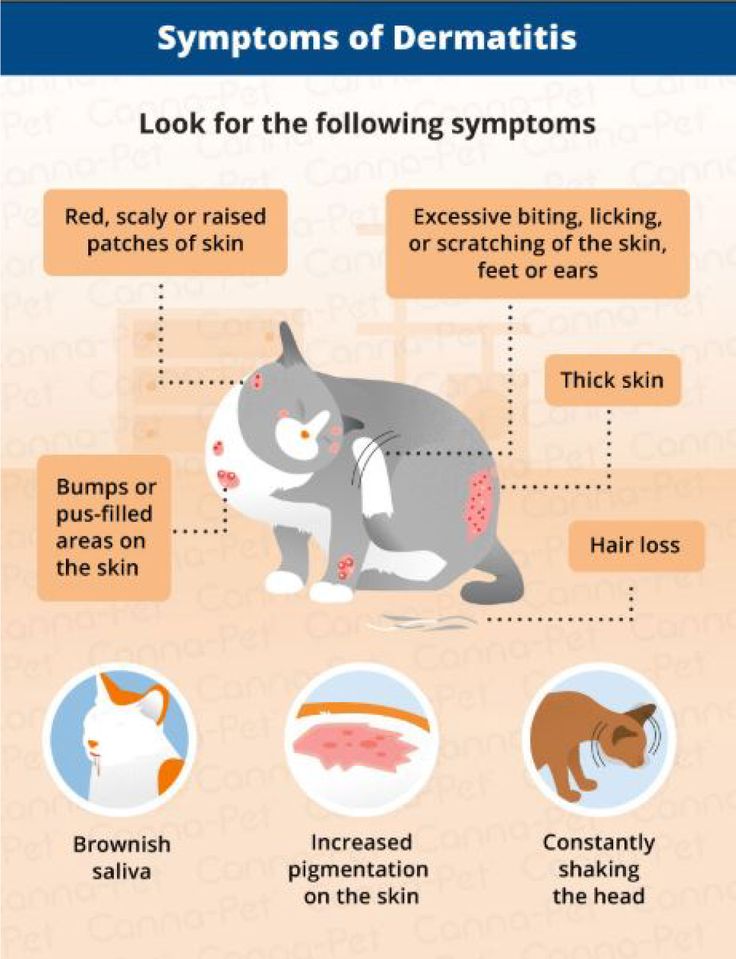 But subsequent contacts already appear more often and faster.
But subsequent contacts already appear more often and faster.
What can act as allergens in contact dermatitis:
- Pampers and diapers for babies
- New clothes
- Rigid internal seams on garments
- Detergents
- Creams and other cosmetics
- Sunbeams
- Heat and cold
- Plants and insects
- Pets
- Metal objects
- Foodstuffs ( including those containing preservatives )
What are the symptoms of contact dermatitis
Symptoms completely depend on what form of contact dermatitis is diagnosed in a child - acute or chronic.
- The acute form appears immediately after contact with the stimulus and disappears if the focus of excitation is eliminated.
- Chronic comes after several relapses and tends to exacerbate.
Main symptoms:
- Redness and irritation in areas of the body in contact with the irritant.

- Vesicles appearing on the skin in places of irritation, which may burst, become wet and form erosions.
- Exhausting itching and burning.
- Possible swelling from scratching the affected areas.
- Sleep disturbance in a child, increased tearfulness.
Peculiarities of children's contact dermatitis
The main feature of children's contact dermatitis is a more acute course of the disease than in adults, since the child's body itself is quite weak, and any object taken into the hands or into the mouth - a nipple, toys, etc. baby food at the initial stage of feeding, uncomfortable sliders, etc.
In addition to all that has been said, for a child's delicate organism, fleeting contact with an irritant will be quite sufficient for dermatitis to manifest itself in an acute stage.
Unconscious scratching of the affected areas, which cause discomfort to the child, can lead to the entry of microorganisms into the wounds and the addition of a secondary infection.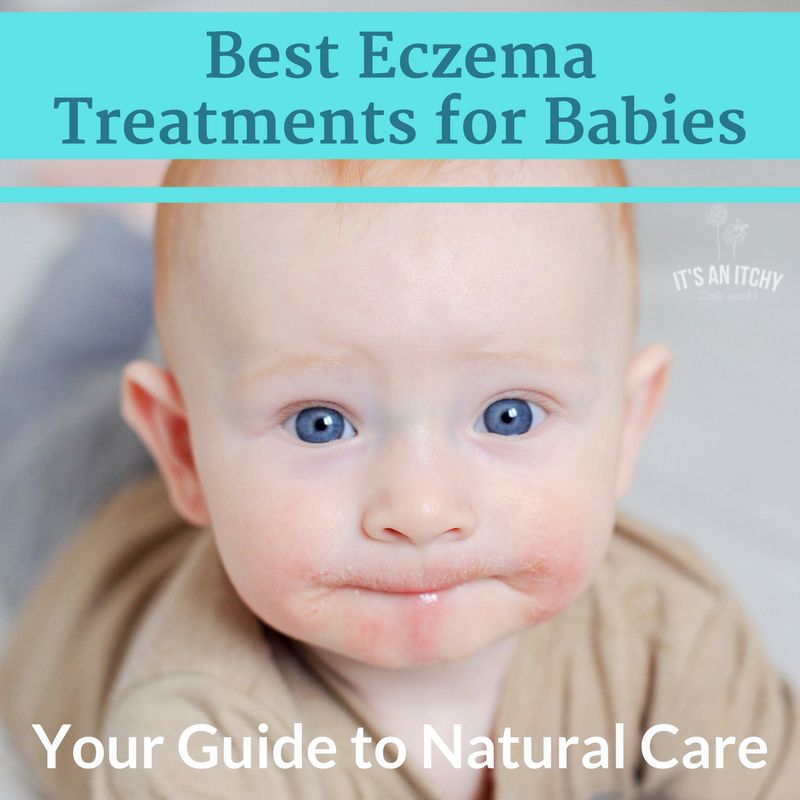
In childhood, contact dermatitis, if dealt with in time, has a quite favorable outcome. Treatment of children's contact dermatitis in Kharkov, at the European Dermatology Medical Center, shows very good results.
How children's contact dermatitis is diagnosed
First of all, do not experiment with a child's body and do not try to treat children's contact dermatitis on your own. A doctor in Kharkov will determine the effective treatment.
After all, first you need to establish the correct diagnosis, and only a qualified dermatologist can do this. Start treatment on time and consult good pediatric practitioners at the European Dermatology Medical Center.
A dermatologist will examine the child's skin, ask parents a number of questions regarding the child's diet, lifestyle and behavior, visits to crowded places, contacts with objects of various origins.
Only a dermatologist can, at the first glance at the localization of the rash and the features of its manifestation, understand what exactly could cause the onset of contact dermatitis and compile a list of suspected allergens.
After a preliminary visual diagnosis, the child will be assigned a series of laboratory tests to confirm the diagnosis of childhood contact dermatitis. Treatment in Kharkov is determined on the basis of the results obtained.
How childhood contact dermatitis is treated
- When the cause of childhood contact dermatitis is correctly identified and the allergen is identified, the doctor first of all recommends completely avoiding contact with this substance, object, food, clothing, animals, etc.
- A treatment regimen is then developed, including:
- preparations for external treatment ( anti-inflammatory ointments, lotions with astringent and soothing effect )
- oral antihistamines
- in some cases, when a secondary bacterial infection is attached, antibiotics may be prescribed for internal use or in the form of injections.
According to numerous reviews of parents, children's contact dermatitis in Kharkov is successfully diagnosed and treated at the European Dermatology Medical Center.


